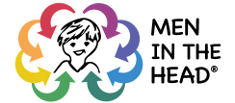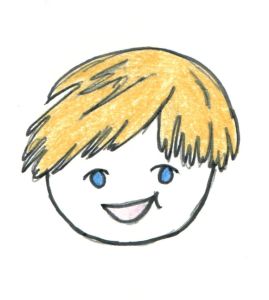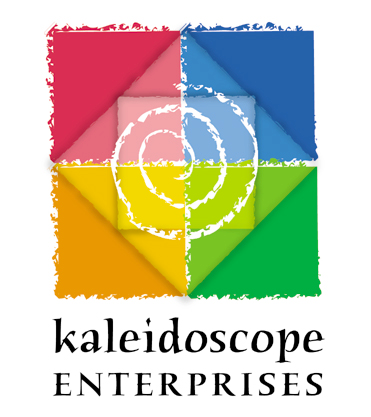George! The Motor Man
His Story
“Hey, I’m George! I am EVERYTHING motor. You need to move your body, that’s me. You want to throw and catch a ball, that’s me. You need to swallow food, that’s also me. You want to build a paper airplane, me again.
So, I am supposed to tell you a little bit about myself. Gee.
Well, I like ALL sports. I mean I like everything sports. I like football, basketball, soccer, baseball, kickball, tennis and even golf. I think my absolute favorite sport is…hmmm…I can’t pick. I really can’t. I totally like all of them!
I also love to rid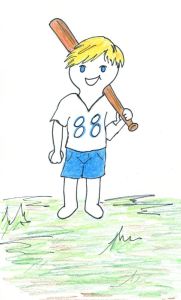 e my bike, climb trees, build model airplanes & cars and since Larry is into flashlight tag lately, I love that too.
e my bike, climb trees, build model airplanes & cars and since Larry is into flashlight tag lately, I love that too.
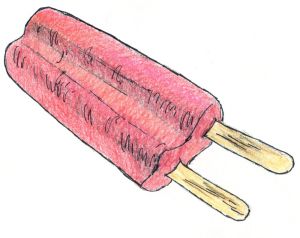 My favorite food is probably popsicles. I love that they taste so good and they are colorful and easy to carry. You can eat them inside or outside. When the ice cream man comes, I always say I am going to get something else, but I always end up getting a popsicle. The very best flavor is cherry. I can’t resist them!
My favorite food is probably popsicles. I love that they taste so good and they are colorful and easy to carry. You can eat them inside or outside. When the ice cream man comes, I always say I am going to get something else, but I always end up getting a popsicle. The very best flavor is cherry. I can’t resist them!
I am in the boy scouts and we are building our pinewood derby cars, so I need to go. I want to build the speediest one this year. Last year, I was so close to winning, but lost because one of the wheels was a little wobbly. I am totally going to fix that this year.
I need to go now. Bye!”
Motor in Layman’s Terms
There are several types of motor skills that we employ within our bodies. We will simplify each type for our purposes.
Fine Motor
Fine motor skills are smaller actions. These movements involve hands, wrists, fingers, feet, toes, lips and tongue. Fine motor skills involve writing, drawing, eating with a fork, cutting with scissors, playing with small legos, etc.
Gross Motor
Gross motor are large movements using the larger muscle groups of the arms, legs, feet or entire body. Gross motor movements involve standing up, balancing, walking, running, skipping, jumping, catching a ball, riding a bike, etc.
Oral Motor
Oral motor function is fine motor function of the oral mechanism (i.e., jaw, tongue, lips, and cheeks) for the purposes of eating, drinking, speaking, and other mouth activities.
Visual Motor
Visual motor is the ability of our eyes to guide our hands, otherwise known as eye-hand coordination. Examples involve the ability of coloring within the lines, putting a puzzle together, catching a ball, tying our shoes, threading a needle, or building with blocks.
Motor Planning (Praxis)
Motor planning involves the ability to conceive an idea (ideation), plan the movements (plan or organization) and execute those movements (execution).
A few activities that require motor planning involve, walking up & down the stairs, putting on a shirt, and playing on the playground.
Sciency Stuff
Voluntary muscle movement in the body is a very complex system and pretty much the entire brain is involved. To oversimplify, the brain parts involved are listed here:
Cerebrum – divided into 4 lobes as listed here, plus the two cortexes
- Frontal lobe– motor planning, muscle & coordinated movements
- Temporal lobe- organizing & sequencing
- Parietal lobe- visual & spatial perception
- Occipital lobe – vision
- Sensory cortex – receives information on how body parts are moving
- Motor cortex – monitor & control body movements
Cerebral cortex is outer most layer of the cerebrum
Cerebellum – coordination of voluntary movement, balance, posture, including fine motor skills
Brain stem –
- Midbrain –regulate body movement, swallowing & vision
- Pons – posture & movement
Basal ganglia – voluntary muscle movements & eye movements
Cranial nerves –
- Optic nerve – vision
- Oculomotor – eye movements
- Trochlear – eye movements
- Abaucens – eye movements
- Glassopharyngeal – swallowing
- Vagus – swallowing
- Hypoglossal – tongue movement
- Accessory – neck & shoulder muscles
